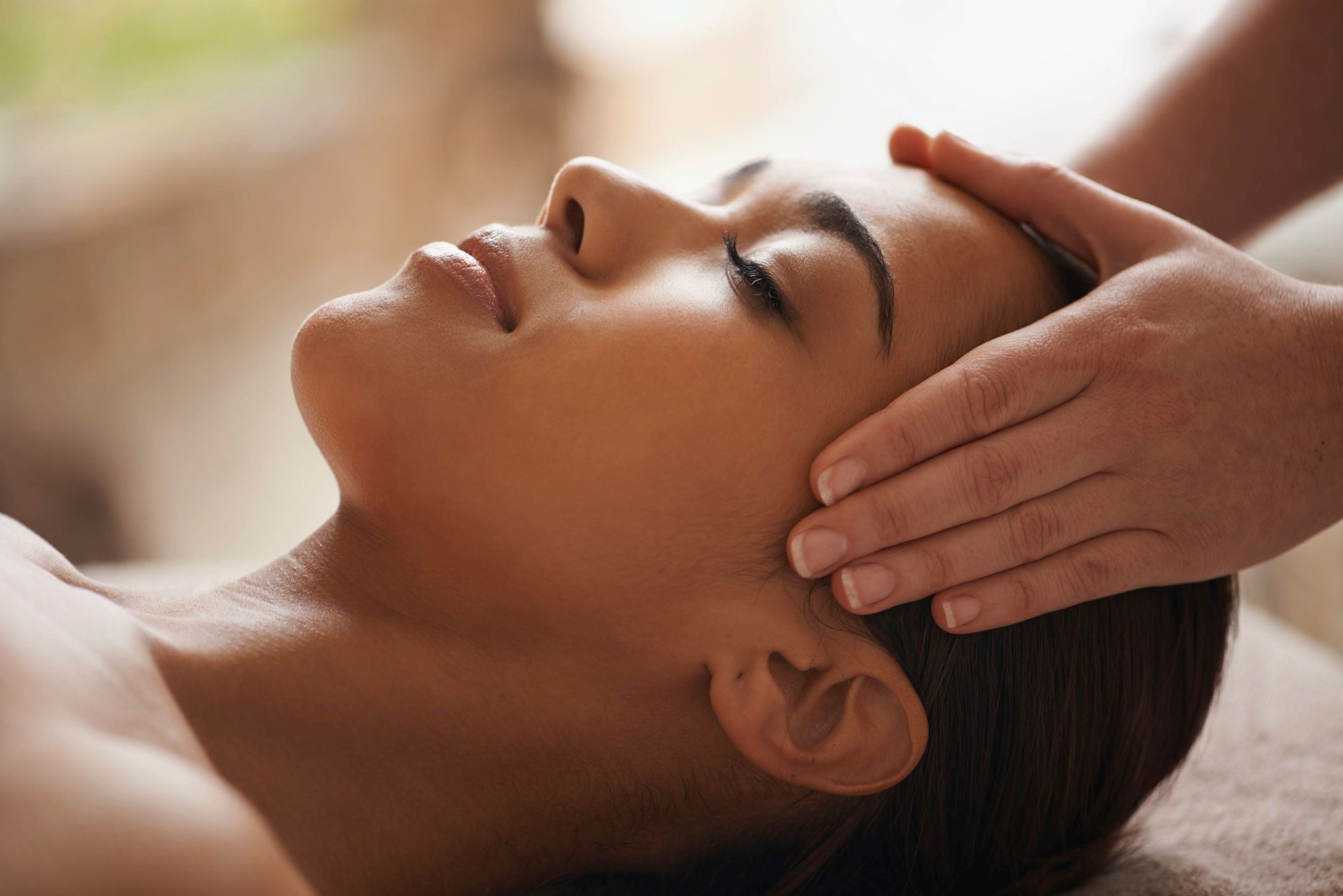
Craniosacral therapy might sound like a mouthful, but it's a gentle, hands-on method that focuses on the craniosacral system—the membranes and fluid surrounding the brain and spinal cord. This therapy aims to release tensions deep in the body to relieve pain and dysfunction, improving overall health. Developed by Dr. John Upledger in the 1970s, it has gained popularity for its non-invasive approach. People use it for various conditions, from migraines to chronic pain. Curious about how it works or its benefits? Let's dive into 20 fascinating facts about craniosacral therapy that might surprise you!
What is Craniosacral Therapy?
Craniosacral therapy (CST) is a gentle, hands-on method that aims to enhance the body's natural healing processes. It focuses on the craniosacral system, which includes the membranes and cerebrospinal fluid surrounding the brain and spinal cord. Here are some intriguing facts about this unique therapy.
-
Origins: Craniosacral therapy was developed by Dr. John Upledger in the 1970s. He was an osteopathic physician who noticed the rhythmic movement of the craniosacral system during surgery.
-
Gentle Touch: Practitioners use a light touch, often no more than the weight of a nickel, to assess and treat the craniosacral system.
-
Holistic Approach: CST is considered a holistic therapy, meaning it treats the whole person, not just specific symptoms or conditions.
-
Stress Relief: Many people seek CST for its stress-relieving benefits. The gentle touch can help calm the nervous system and promote relaxation.
-
Pain Management: CST is often used to manage chronic pain conditions, including migraines, neck pain, and back pain.
How Does Craniosacral Therapy Work?
Understanding the mechanics behind CST can help demystify its benefits. The therapy involves subtle manipulations that aim to improve the flow of cerebrospinal fluid.
-
Cerebrospinal Fluid: CST focuses on the flow of cerebrospinal fluid, which cushions the brain and spinal cord. Improved flow can enhance overall health.
-
Membrane Tension: The therapy aims to release tension in the membranes surrounding the brain and spinal cord, which can improve function and reduce pain.
-
Energy Flow: Some practitioners believe CST helps balance the body's energy flow, contributing to overall well-being.
-
Subtle Adjustments: Unlike chiropractic adjustments, CST involves very subtle manipulations, often so gentle that clients may not even feel them.
-
Listening Hands: Practitioners often describe their hands as "listening" to the body's rhythms and movements, allowing them to identify areas of restriction or imbalance.
Benefits of Craniosacral Therapy
CST offers a range of benefits, from physical to emotional well-being. Here are some of the key advantages people experience.
-
Improved Sleep: Many clients report better sleep quality after CST sessions, likely due to reduced stress and tension.
-
Enhanced Immune Function: Some studies suggest that CST can boost the immune system, helping the body fight off illness more effectively.
-
Emotional Release: CST can facilitate the release of stored emotions, providing emotional relief and mental clarity.
-
Post-Surgery Recovery: The therapy is often used to aid recovery after surgery, helping to reduce pain and speed up the healing process.
-
Digestive Health: Some clients find that CST helps improve digestive issues, possibly by reducing stress and improving nervous system function.
Who Can Benefit from Craniosacral Therapy?
CST is versatile and can benefit a wide range of individuals, from infants to the elderly. Here are some groups who may find it particularly helpful.
-
Infants: CST is often used to treat infants with colic, feeding difficulties, or birth trauma.
-
Athletes: Athletes may use CST to enhance performance, recover from injuries, and reduce muscle tension.
-
Pregnant Women: Pregnant women can benefit from CST to alleviate back pain, improve sleep, and prepare for childbirth.
-
Elderly: The elderly may find relief from chronic pain, improved mobility, and enhanced overall well-being through CST.
-
Mental Health: Individuals dealing with anxiety, depression, or PTSD may find CST helpful in managing their symptoms and improving emotional health.
Final Thoughts on Craniosacral Therapy
Craniosacral therapy offers a unique approach to wellness by focusing on the body's natural rhythms. This gentle technique can help alleviate various conditions, from chronic pain to stress. Practitioners use light touch to release tension, promoting better health and well-being. While some skeptics question its effectiveness, many patients report significant improvements. It's essential to consult with a qualified therapist to ensure safe and effective treatment. Whether you're dealing with physical discomfort or emotional stress, craniosacral therapy might be worth exploring. Always remember to discuss any new treatment with your healthcare provider to ensure it fits your overall health plan. This therapy could be a valuable addition to your wellness routine, offering a holistic approach to health and healing.
Was this page helpful?
Our commitment to delivering trustworthy and engaging content is at the heart of what we do. Each fact on our site is contributed by real users like you, bringing a wealth of diverse insights and information. To ensure the highest standards of accuracy and reliability, our dedicated editors meticulously review each submission. This process guarantees that the facts we share are not only fascinating but also credible. Trust in our commitment to quality and authenticity as you explore and learn with us.


